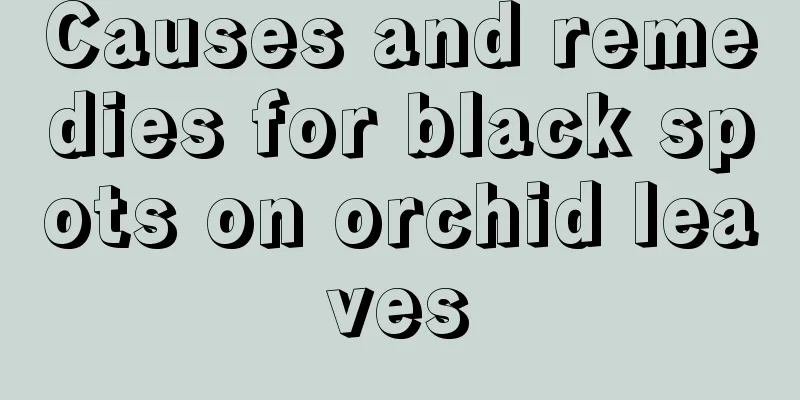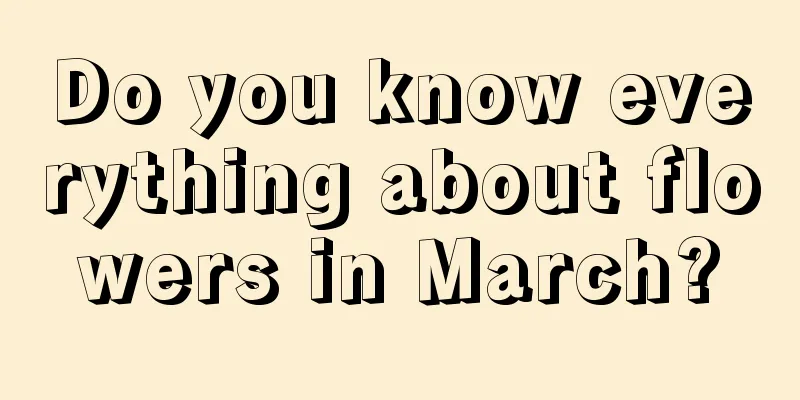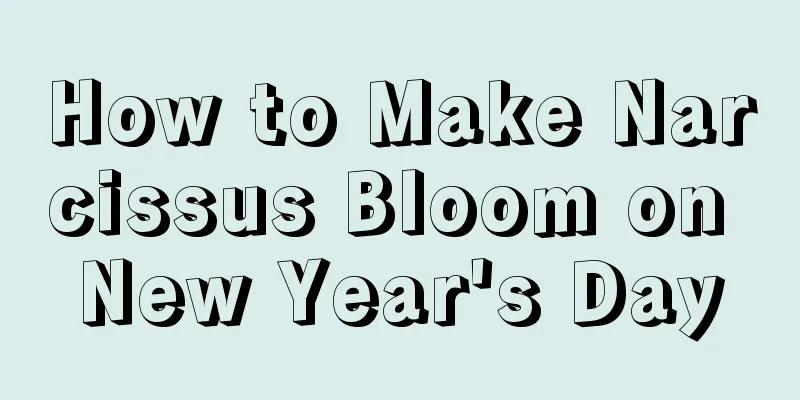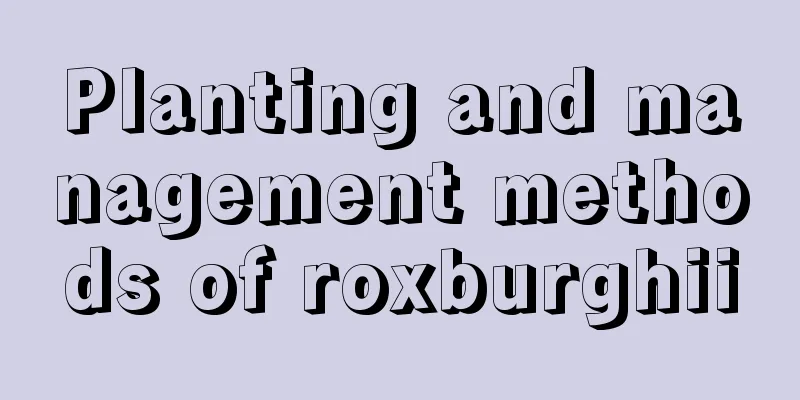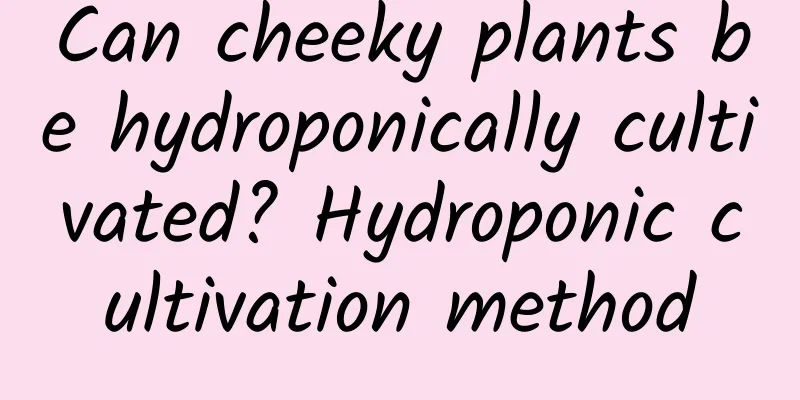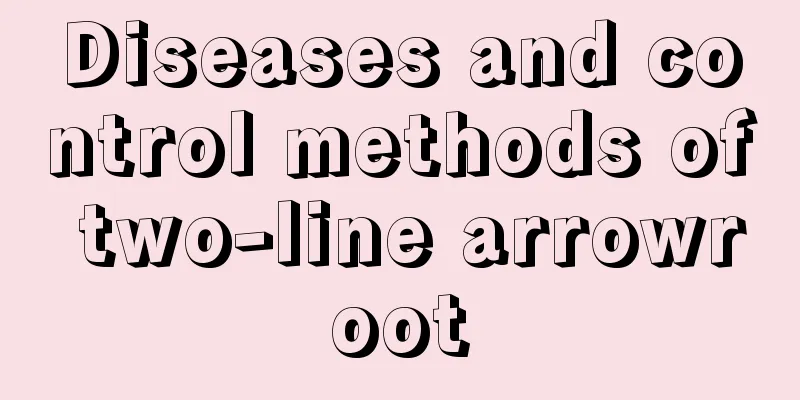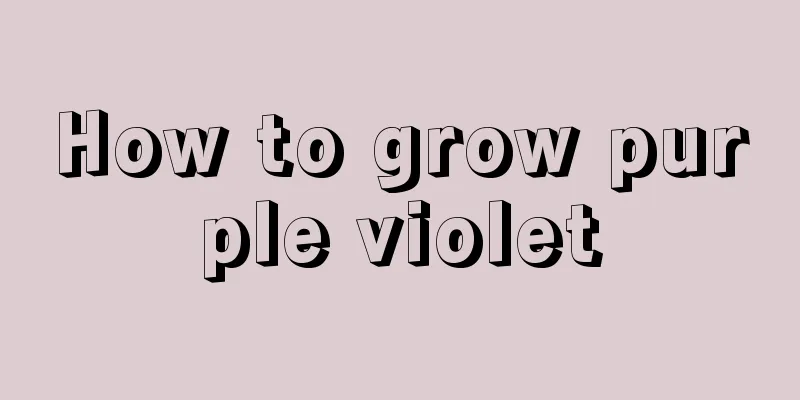How to choose a flower pot for succulent planting
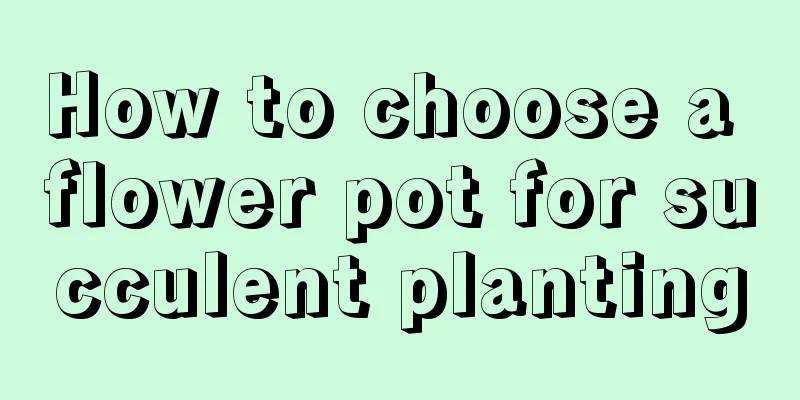
Choice of flower pot materialClay BasinThe biggest advantage of clay pots is that they are breathable and cheap, but because they are too breathable, some people say they are not suitable for growing succulents. The reason is that the soil at the edge of the pot can easily dry out, especially under the scorching sun, the roots at the edge of the pot can easily be damaged. Porcelain BasinAlthough porcelain basins are beautiful, they are basically airtight and are generally not recommended for use. However, if the soil structure is good and the drainage and ventilation are good, a porcelain pot can be used, but there must be drainage holes at the bottom of the porcelain pot. Purple clay potPurple clay pots are quite beautiful, and their air permeability is between clay pots and porcelain pots. Many flower lovers who grow succulents choose to use purple clay pots. When choosing a purple clay pot, in addition to considering the appearance and price, you should also pay attention to the thickness of the pot wall. The thinner the purple clay pot, the more breathable it is. The pot with thicker walls is similar to a porcelain pot. Plastic basinThe characteristic of plastic basins is that they have poor air permeability, but there is a good solution. Just use a needle to poke holes in the lower middle part of the pot. If you want it to look beautiful, you can first draw a simple pattern on paper, and then stick it on the flowerpot, and make the holes follow the dense lines of the pattern. It will be both beautiful and breathable. There should be no holes on the top of the basin as this may cause water leakage. Principles of flower pot selectionSize and depthGenerally speaking, succulents have underdeveloped root systems, and it is difficult for them to absorb water from the soil all at once, which can easily lead to root rot. Therefore, you should choose a pot based on the principle of "prefer small to large, better shallow to deep". Matching flower pots and soilThe choice of flower pots is closely related to the preparation of planting materials and environmental climatic conditions. For example, the north has sandy soil and a dry climate. As long as you have some cultivation experience, it doesn't matter what kind of pots you use. However, friends who live in the humid southern climate and do not have much cultivation experience should be careful. If you are troubled by the fact that succulents always die, you might as well try the above method to increase the air permeability of the flowerpot. |
<<: Does the flower stem need to be cut off after the flower moon night blooms?
Recommend
Gardenia transplanting precautions Transplanting methods and maintenance matters
To transplant gardenia, you must first remove the...
These 4 flowers show the emperor's temperament
King protea The king protea, also known as the Pu...
How to grow four-season chrysanthemum
1. Breeding methods 1. Flower soil: To grow four-...
Feng Shui Effects of Dragon Blood Tree
Feng Shui placement of dragon blood tree In terms...
What fertilizer should be applied to make the green radish grow well and have greener leaves?
1. Nitrogen Fertilizer If you want the green radi...
When is the best time to transplant wolfberry trees?
1. Transplanting time It is recommended to transp...
Grape management methods in February
February is a critical period for grape managemen...
Does lisianthus prefer shade or sun?
In the fresh cut flower market, lisianthus is a p...
How much is the yield per mu of Salvia miltiorrhiza? Planting technology and per mu yield benefits
Yield per mu of Salvia miltiorrhiza Generally, th...
Cucumber cultivation method
1. Maintenance methods 1. Temperature: Cucumbers ...
The flower language and legend of clover
The Flower Language of Clover The flower language...
What fertilizer is best for Jade Kylin?
Fertilization time for Jade Qilin It is generally...
Can ranunculus be grown indoors?
1. Can be planted Although anemone is poisonous, ...
When does the zalea bloom?
Flowering period The flowering period of the lily...
Complete list of sundew varieties
Rainforest Sundew Rainforest sundew is a large ca...
